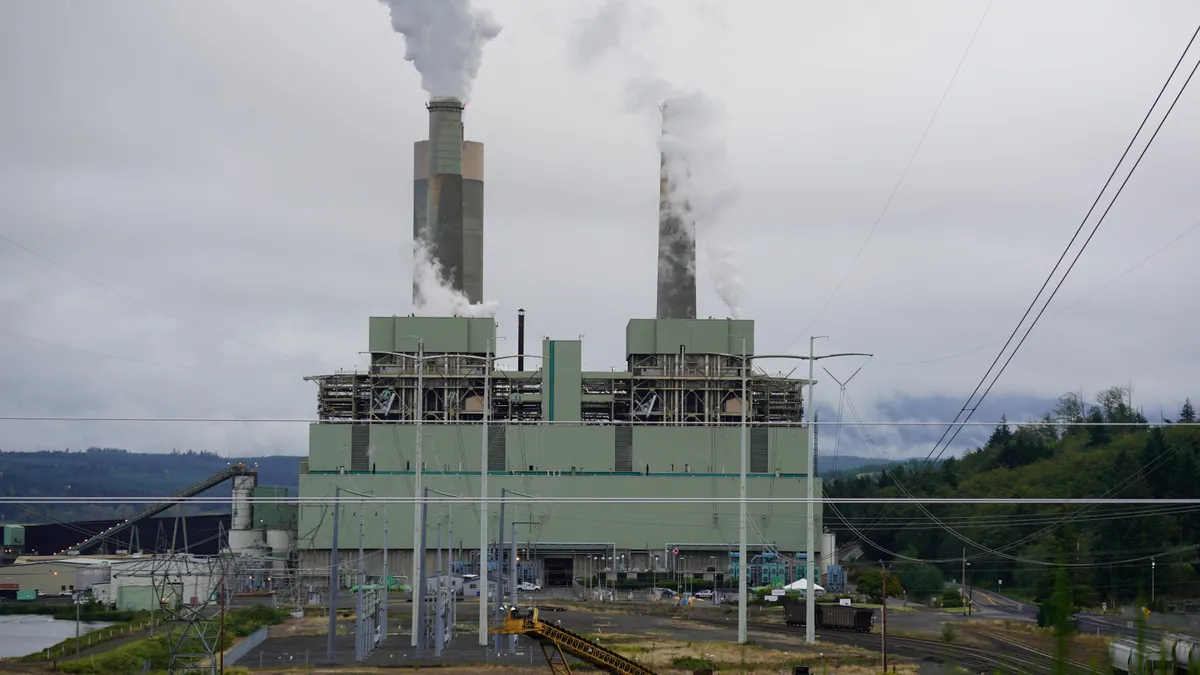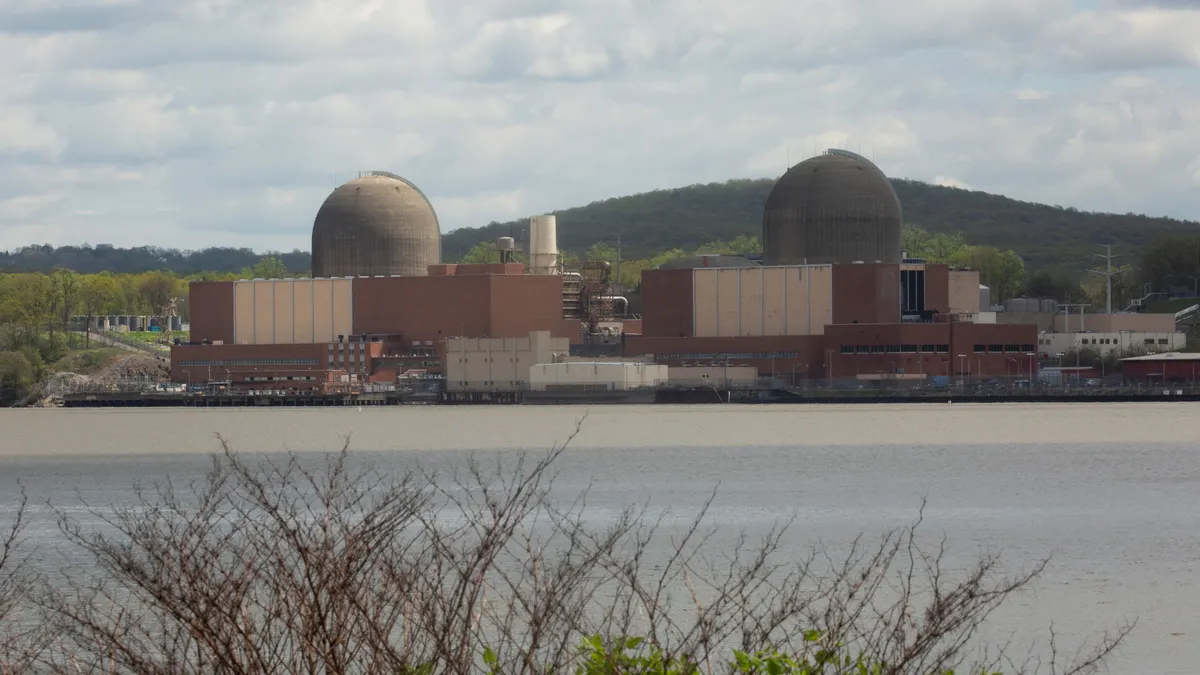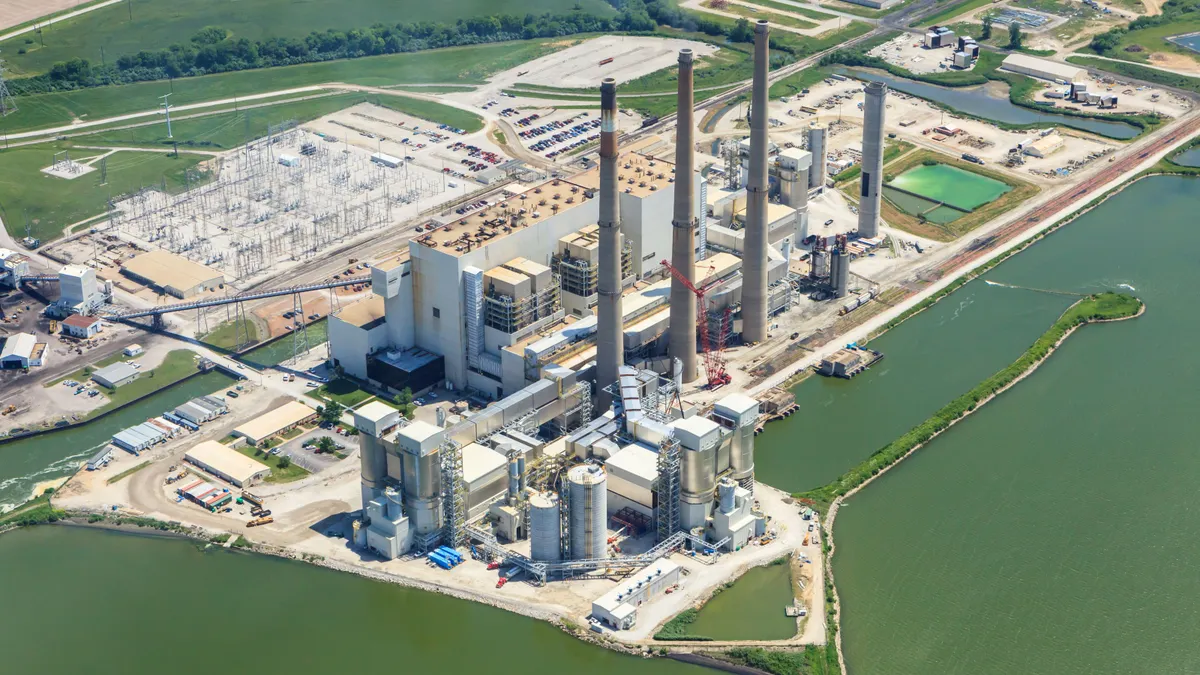Wind turbine technology is about to open up an almost untouched sector of the U.S. market.
With over 82,000 MW of coal, natural gas, and nuclear capacity in the region being generated by infrastructure that is over 40 years old, the economic opportunity could be enormous.
“A new set of resource maps show the impact of turbine technology on the viability of wind in the southeast,” explained Southeastern Wind Coalition President Brian O’Hara. “The present looks a lot better than the past but the future looks even better.”
The past map assumes the last generation of wind technology’s 80 meter hub height and not much wind potential shows up in the Southeast, O’Hara said. “That’s why there hasn’t been much wind development in the region.”
The present map assumes today’s more common 110 meter hub height. “The trend in machines has been to taller towers and longer blades, which can be productive in lower wind speed areas,” O’Hara said.
The future map reflects turbine manufacturers’ plans for wind technology in the coming 5 years to 10 years. “Hub height goes to 140 meters and blades will be longer,” O’Hara said. “That really lights up regions on maps of the Southeast that could produce wind at a 35% or higher capacity factor.”
What the maps mean to utilities and developers
The maps won’t change wind developers views, O’Hara said. “They know what is available.”
What is available is lower costs and a big market advantage.
Even in the short term, explained Renewable Energy Systems Americas CEO Glen Davis, the recent downward trend in wind’s cost is likely to continue from increased deployment of the newer turbines because they supply more power at the same cost.
Power purchase agreements (PPAs) for wind-generated electricity at a twenty year fixed rate can also be a very important hedge against fossil fuel price volatility, according to a recent Lawrence Berkeley National Lab (LBNL) study.
In North Carolina, both Iberdrola Renewables’ proposed 300 MW Desert Wind project and Apex Clean Energy’s proposed 300 MW Timbermill Wind project are on hold until the developers can interest a utility in a PPA. Apex also has proposed projects in South Carolina and Tennessee that are unlikely to advance without PPAs.
The fact sheets and maps, developed by research scientists at the U.S Department of Energy’s National Renewable Energy Laboratory (NREL), are tools intended “to restart the discussion,” O’Hara explained.
The fact sheets show the data behind the maps. They highlight things like the current electricity mix, the current age of generators in the states, and the supply chain for wind in the states, he explained.
“For regulators and utilities not familiar with how much and how quickly the technology has changed," he said, "the message is that wind energy could be a more significant generation opportunity in this region than you thought.”
For policymakers, both on the state and local levels, the maps and fact sheets will challenge old assumptions and re-open the discussion about wind energy as a viable energy generation option and economic development opportunity, O’Hara said.
For officials at the county and municipal level, O’Hara added, the message is to start educating yourself for when the opportunity presents itself.
Advantages for wind in the Southeast
Besides the 82,000 MW potential opportunity from aging fossil and nuclear infrastructure, there will be opportunity in the region's rising electricity demand. Southeastern states have 5 of the 6 fastest growing populations and 5 of the 6 biggest electricity markets on the East Coast. They already account for 62% of the total East Coast electricity consumption.
Because the costs for building new fossil and nuclear generation are dominated by federal emissions and safety regulations while building new wind is largely a matter of development and construction costs, the Southeast’s lower labor and materials prices are likely to advantage wind.
The Southeast’s vertically integrated, regulated utilities will play a critical role in the region's wind growth, according to the Southeastern Wind Coalition. Utilities will see opportunity in owning projects. That will allow for longer-term, more stable development planning that avoids boom-bust cycles. It will also drive larger-scale deployment that will streamline the emergence of a stable supply chain and job market and grow economies of scale that drive costs down further and faster.
First looks at Southeastern wind
After Southern Company subsidiaries Alabama Power and Georgia Power signed PPAs for Oklahoma wind that proved more advantageous to the utilities than expected, the Georgia Public Service Commission approved expenditures for further investigation of the in-state resource, O’Hara said. As one of the first on-the-ground resource assessments in the region, it will be crucial to see if results match the NREL projections.
Georgia Power also issued a Request For Information (RFI) to investigate wind options. Responses were due in early January and will be reported to regulators late in February.
Wind PPA prices have reached “all-time lows” and the “relative competitiveness of wind” has continued to improve in comparison to wholesale electricity prices, according to LBNL’s most recent Wind Market Technologies Report. But LBNL was only able to evaluate six contracts and one installation in the Southeast.
Because of the new technology, that will sooner or later change. “The maps and fact sheets highlight this technology trend that is already under way,” O’Hara said. “The future maps light up pretty broad swaths of the states.”
Development in the Southeast will, however, not be “anywhere and everywhere,” O’Hara added. “Developers will only go where it is appropriate to site projects and generally developers only want to develop where they are welcome.”






















